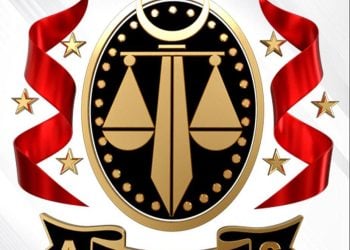By Libya Herald staff.

Tripoli 19 November 2013
There were explosions in Tripoli this evening, but it was not the shell and smalls . . .[restrict]arm fire that people have come to dread, but the return of noisy fireworks, so beloved of people in the city.
There was a palpable sense of relief at the withdrawal of the majority of the Misratan militias within the 72-hour deadline, which ends tomorrow. Most of the last makeshift barricades had been cleared away by the afternoon.
More striking was the appearance of police at major intersections throughout the capital. Smartly turned out in new blue and white camouflage uniforms, they took control of traffic movements, even where there were functioning traffic lights. Not only did they manage the flows of vehicles very efficiently, but the majority of motorists seemed perfectly content to do as they were being told.
There was remarkably little impatient honking and a lot of waving from people in cars as they drove past police officers, who nevertheless were being tough on traffic offenders. One driver told the Libya Herald that he had been stopped and given a talking to by an officer, when he had driven across a set of lights, three seconds before they went green.
Meanwhile the tide of popular opinion against the militias continued to run high. At its peak, a demonstration in Algeria Square drew some 200 people, who were responding to calls from Tripoli Local Council leader, Sadat Elbadri, to support the national security forces and protest the continued presence of all militias.
Mahmoud Tekalli, an aeronautical engineer told this newspaper that, in particular, he was supporting Elbadri: “We are calling for the activation of the police force and the army and the legitimate forces in the country” he said, “We support the people who have the right to be protected and the institutions which are there to protect them.”
Waad Imzdawil, a cofounder of the student-oriented Movement for Public Peace, was busy collecting signatures in the square. She said her group was “focusing on the issues which unite all Libyans”. The Tripoli engineering student continued: “We started collecting the signatures on the 1 November, before the Gharghour attacks. We want to demonstrate to the government and the militias, through the sheer number of our supporters, that the situation has to change.”
Many in the square had been personally effected by the deaths on Friday. Black banners had been put up alongside the Libyan flag and mourners clutched pictures of those killed.
Jihad Mohammed said he had come to “get the militias out of Tripoli,” adding that they “terrorise, steal and kidnap people”. Mohammed, an immigration officer, added: “The government is very weak. They cannot protect the people. More people will come here to protest peacefully, but if the militias come again with guns, we will use guns. I am very sad and angry about what happened on Friday. Seven people from my street were killed and it damaged something inside of me.”
The crowds began to lessen at around three in the afternoon. However, this did not prevent a series of victory laps by police cars around Martyrs Square, to the cheers of onlookers. Throughout the day a large police and army presence had been noticeable in the square, where the expected demonstrations failed to materialise.
Meanwhile there were demonstrations in Tarhouna and Zliten today in support of Tripoli and condemning the Black Friday massacre.
Contributions from Muhammad Elosta, Callum Paton and Ashraf Abdul-Wahab.
[/restrict]







